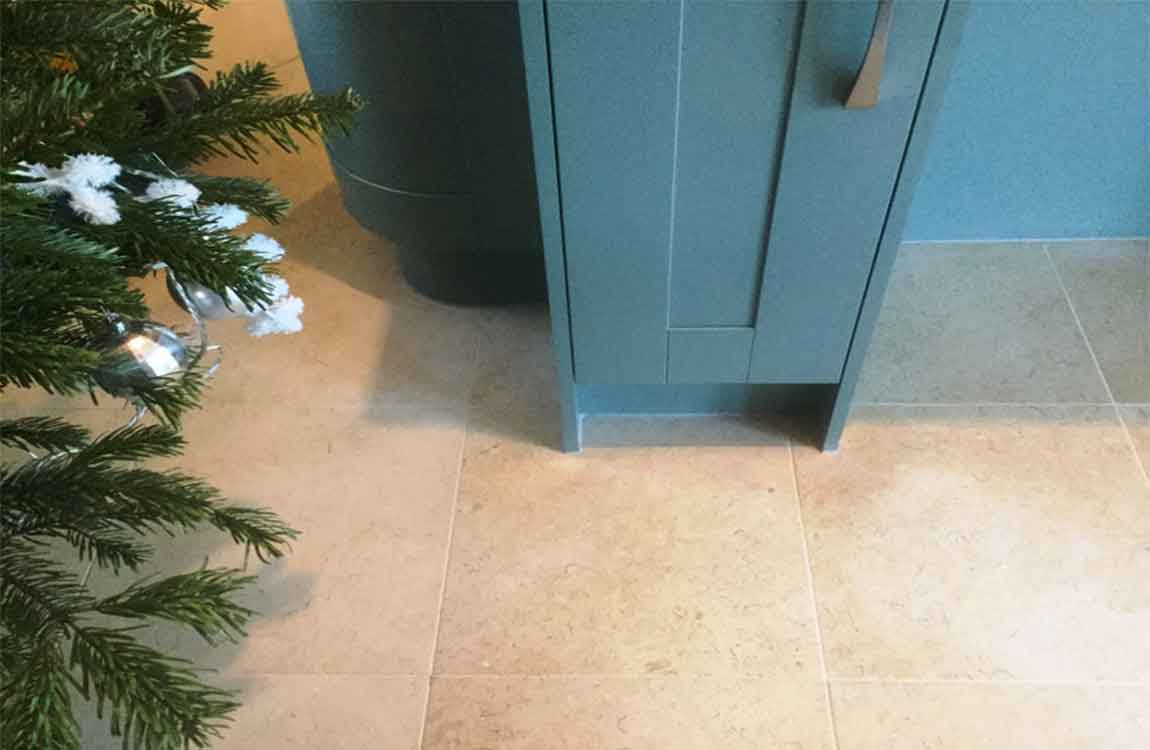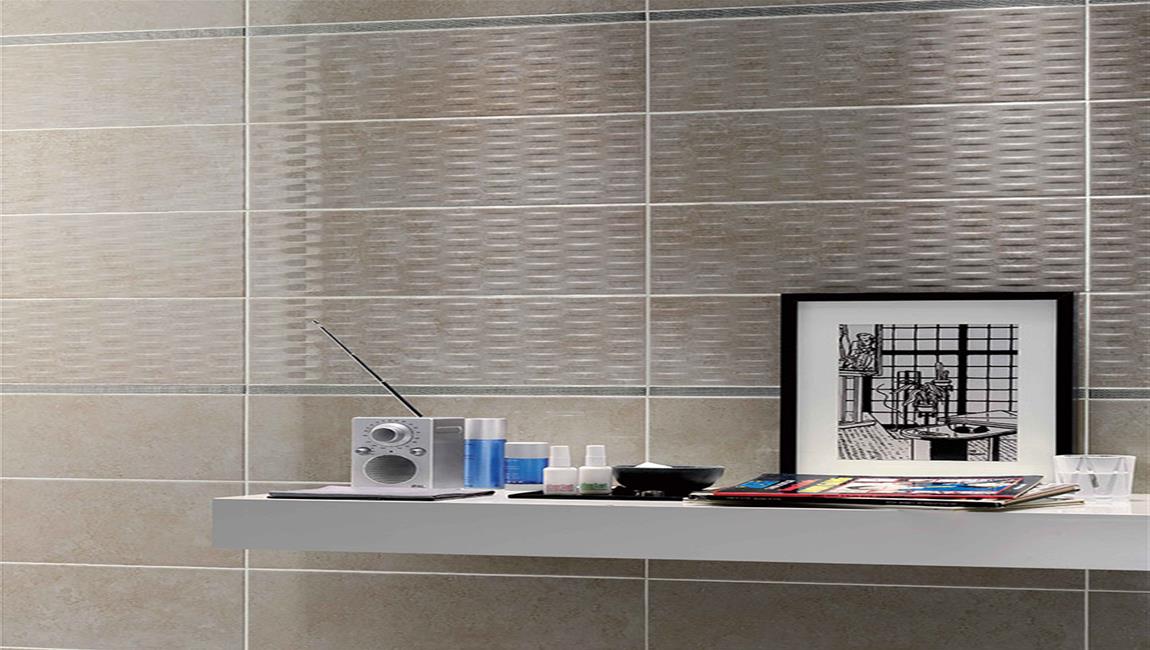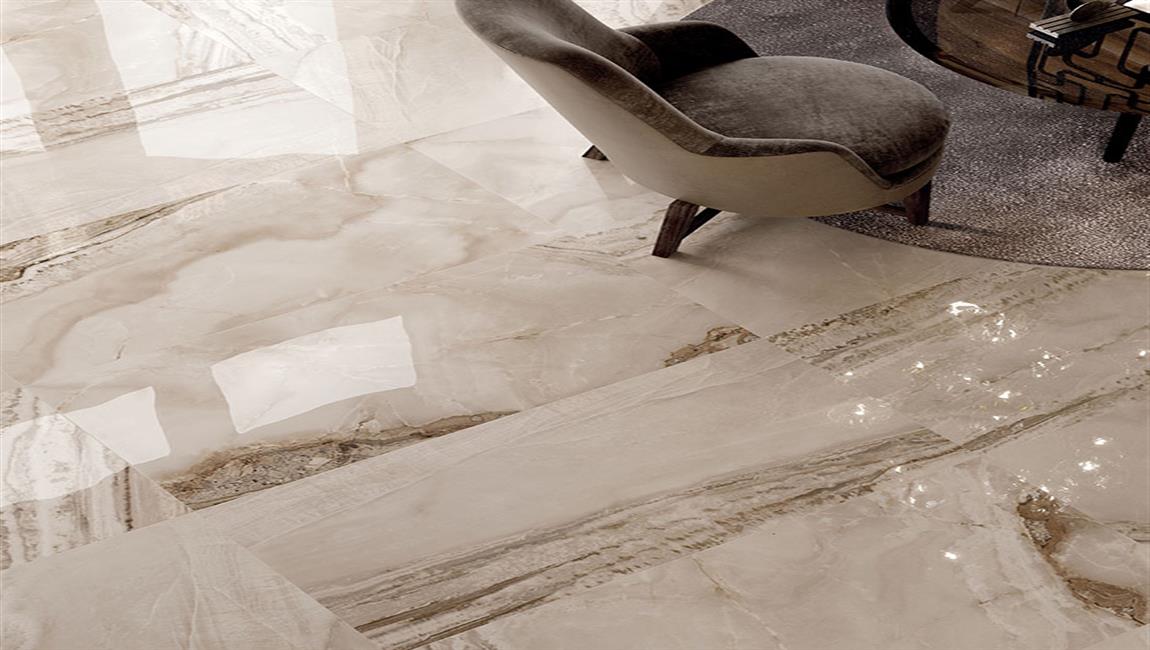How Using a Floor Gap Fixer?
Purchase a floor gap fixer tool. These days, many companies sell special devices designed to make it easier to close small gaps in hardwood and laminate flooring. These most often take the form of small, heavy rectangular blocks. The blocks feature an adhesive rubber face that provides traction to maneuver the slipped plank back into place with a few taps of a mallet.
You can find floor gap fixers at most major home improvement centers or online for around $40-60. If you’re trying to keep spending to a minimum for your repair project, try making your own floor gap fixer tool by coating one side of a 4×4 with double-sided tape.
Remove the protective backing from the adhesive face of the block. Peel the plastic covering away to expose the tacky rubber pad underneath. This surface will be used to grip the laminate plank while you force it back into place manually. The adhesive pad of the floor gap fixer is reusable, as long as it’s properly cleaned between projects.
Position the block 1 inch (2.5 cm) from the end of one of the displaced planks. Situate the tool in the center of either plank, then press down firmly on the topside with both hands to anchor it. It should stick to the plank securely enough to prevent slipping or scooting while you work. Once you get started, you’ll the shift the plank in the direction of the gap to close it off.
Avoid removing the block once it’s in place unless it’s absolutely necessary, as this may weaken the hold of the adhesive pad. Work your way toward the center of the floor and away from the wall. When using the floor gap fixer, it’s generally best to inch the problem plank towards the center of the floor, rather than outward towards the wall.











